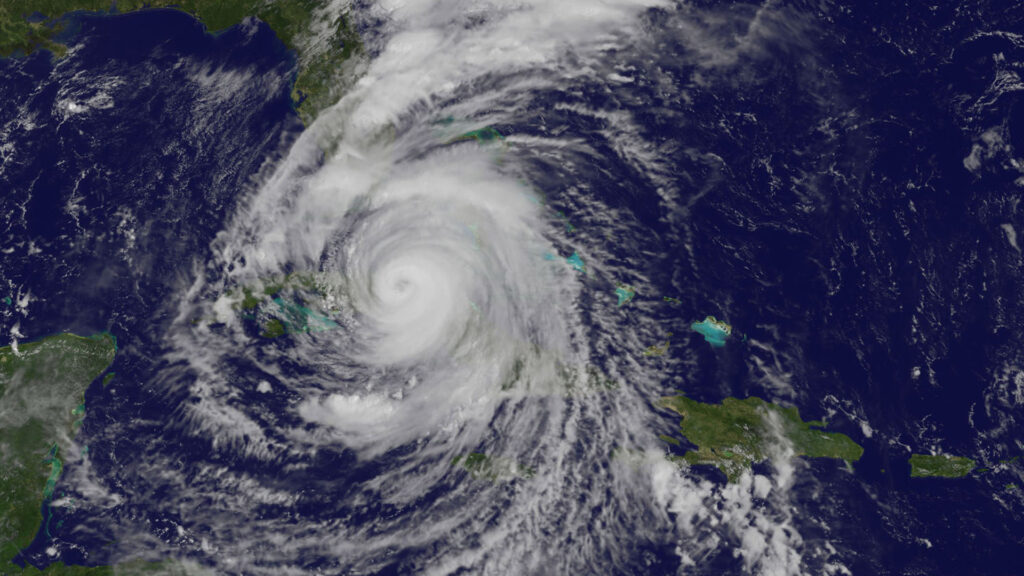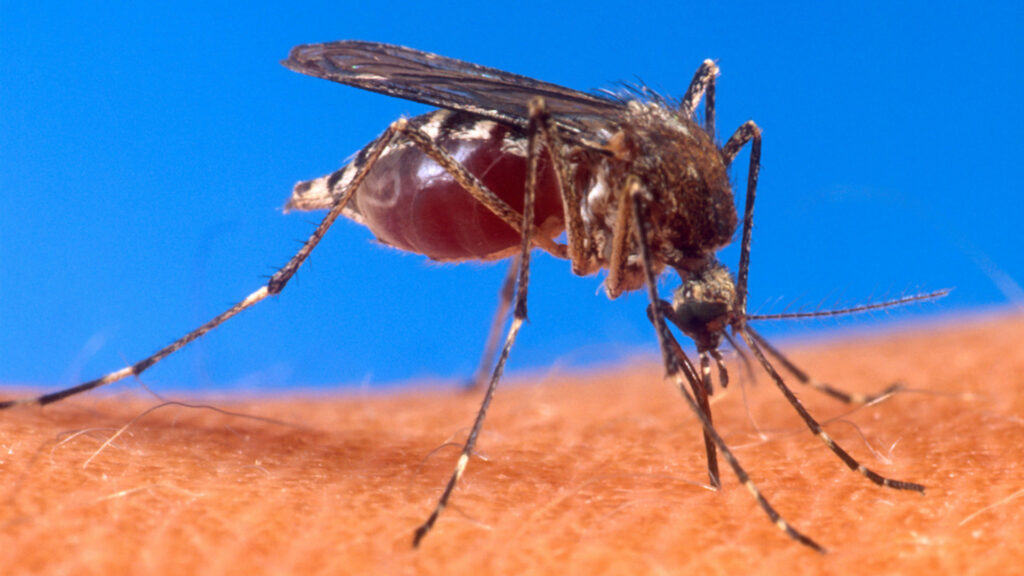By Robert C. Jones Jr., University of Miami News
More than 600 cellphone towers were inoperable. Close to 900,000 Florida Power and Light customers were left without electricity. Flooding in portions of Coconut Grove and Matheson Hammock Park reached 6 feet. And agricultural damages totaled $245 million.
Hurricane Irma dealt a devastating blow to Miami-Dade County when it struck Florida on Sept. 10, 2017. But not all the resulting impacts were to infrastructure.
In the days following the powerful cyclone, mosquito populations in Miami-Dade exploded, heightening the risk of vector-borne diseases to vulnerable residents in the midst of storm recovery efforts, according to a study by a University of Miami health geographer.

“The warmer temperatures, elevated humidity and the nutrient enrichment of floodwaters that followed Hurricane Irma all combined to create the ideal environmental conditions for mosquitoes to breed in greater numbers,” said Imelda Moise, an associate professor of geography in the College of Arts and Sciences and the lead author of the study.
In her analysis, published in a recent article in the journal Scientific Reports, Moise and her colleagues examined mosquito abundance and species composition for the year Hurricane Irma impacted Miami-Dade (2017), comparing those figures to data from the year prior to and after the storm.
She and her team used mosquito surveillance data from 2016 to 2018, analyzing the different species of mosquitoes captured in two types of traps set by Miami-Dade mosquito control officials in more than 160 locations throughout the county.
The researchers also factored in meteorological variables, examining daily mean temperature and rainfall data at Miami International Airport for the same period.
Among the study’s major findings:
- 7.3 and 8 times more mosquitoes were captured during a four-week span after Hurricane Irma in 2017 than in the same period in 2016 and 2018, respectively.
- Of the 32 species of mosquitoes captured during the study, Culex nigripalpus was the most common species collected, accounting for 70.4of all mosquito types that were trapped. The medium-sized, dark brown mosquito is the most important disease vector in Florida and is reproductively active throughout the year in South Florida, particularly during the summer and early fall, according to the study.
- The effect of Hurricane Irma on mosquito abundance and species varied by trap type and between two study periods (pre- and post-Irma), suggesting that flood events can change the physical environment to favor an increase in the breeding of some mosquito species.
“Initially, it was thought that heavy rains from storms would flush everything out, eliminating the breeding sites for mosquitoes,” Moise said. “But we found that after the passage of Hurricane Irma, mosquito populations rebounded very quickly — within a week, to be precise.”
The results of her study came just before Hurricane Helene struck Florida’s Big Bend coast, where several beachfront communities were devastated last year by Hurricane Idalia.

“Our study can be viewed as a call for residents in such communities to be more vigilant in protecting themselves not only against nuisance mosquitoes, which bite people but do not spread germs, but also against species that spread diseases such as West Nile virus, Zika and Saint Louis encephalitis, and which may increase after a storm,” Moise said.
Other studies have documented the link between mosquito activity and post-hurricane events, including one that discovered an increase in mosquito activity in New Orleans, Louisiana, following Hurricane Katrina in 2005 and another that found an uptick in Aedes aegypti populations in Puerto Rico in the weeks after Hurricane Maria struck the Caribbean island in 2017.
Moise said her recent study is the first to investigate the pre- and post-effects of a hurricane on mosquito populations in Miami-Dade.
The Zambian-born health geographer, who as a little girl witnessed the toll mosquito-borne diseases took on resource-limited areas in her homeland, said her study also examined some of the social determinants of health, finding that neighborhoods in Miami-Dade with high population densities were most at risk for mosquito outbreaks post-Hurricane Irma.
Moise hopes to launch a new study that will investigate potential links between vector-borne disease outbreaks that occurred in coastal cities following a hurricane strike.
“If we’re to mitigate and prevent future risks of vector-borne diseases,” she said, “we must prioritize evidence-based decisions, address equity issues in mosquito-borne disease risk, foster community engagement, and implement integrated pest management strategies to create healthier urban environments––all of which are strategies that are critical for post-hurricane community recovery.”
Banner photo: An Aedes mosquito sucking blood (iStock). This piece was originally published at https://news.miami.edu/stories/2024/09/hurricane-impacts-on-mosquito-populations.html.
Sign up for The Invading Sea newsletter by visiting here. If you are interested in submitting an opinion piece to The Invading Sea, email Editor Nathan Crabbe at nc*****@*au.edu.



